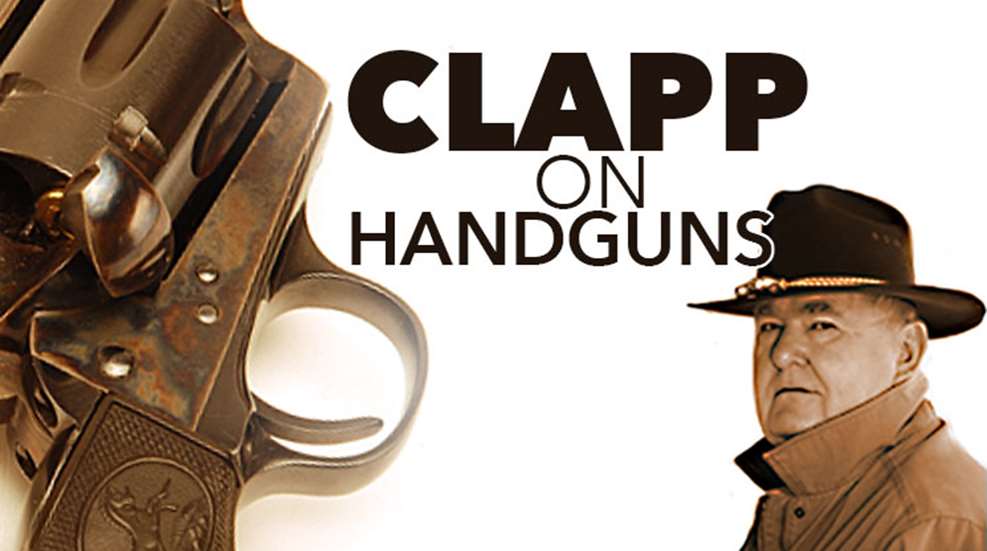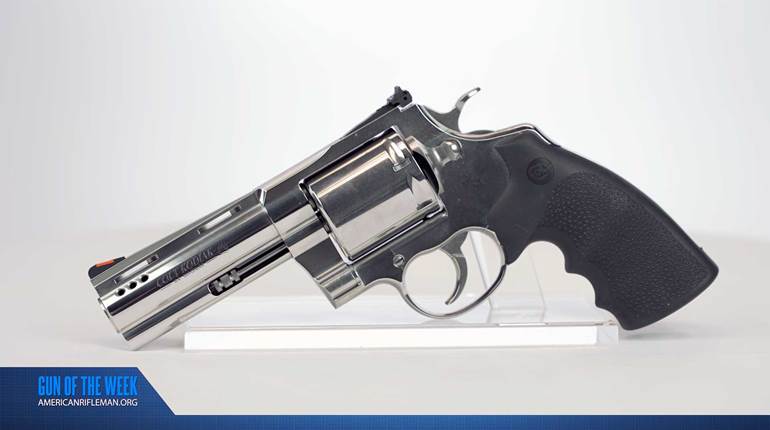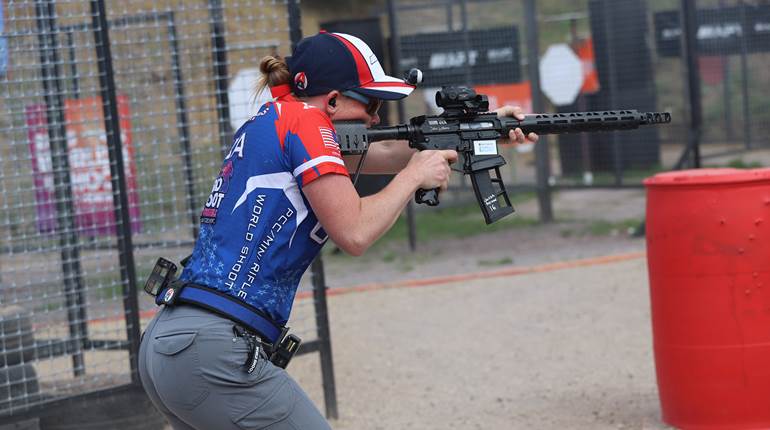
The first decade of the 20th century saw a lot of developmental effort in the handgun field. It’s well known that legendary designer John Browning was involved in both American and European firearms design. In 1910, he had all but completed-with Colt and Army Ordnance-the development of the Government Model .45 pistol. Mr. Browning was also working with FN, the national arms plant of Belgium, and had used essentially the same design as the Colt. There were several different Colt pistols that had an FN counterpart. This was done with the approval of all concerned, because the two companies agreed not to sell arms in the others territories. They had literally divvied up the world and everything was working fine.
But they had omitted a few countries, which were open to competition. Romania, down in the Balkans, was such a place. Colt got wind of a Romanian interest in some kind of medium-bore auto. They developed and produced a scaled-down version of the soon-to-be famous 1911 pistol. In so doing, they created a collector’s item, the 9.8 mm Colt. Only a few were made, because Colt salesmen were unable to sell the Romanian buyers on the gun.
Aware that this was going on, FN came up with a version of the same pistol. Once again, they were unable to sell anyone on the idea and the guns never went beyond the production prototype stage. They used a cartridge called the 9.65 mm Browning. All of this was well recorded in several respected sources. I once saw one of the Colt pistols at an NRA Convention, but was not allowed to handle it. I have never seen the FN gun or the ammo for it. The whole concept is very interesting to me, but the ammunition is even more so. If Colt and FN made essentially the same gun, why did they use two different cartridges?
It looks like they didn’t. The 9.8 mm Colt and 9.65 mm Browning are (nominally) .15 mm different in size. In English measurement, that is about .0059-fifty-nine ten thousandths-of an inch. That really is not much. As a matter of fact, it’s just about the difference between bore diameter and groove diameter. I would bet serious money that this was the difference between the 9.8 mm Colt and the 9.65 Browning. One company named its round on bore diameter, the other on groove. There is no real difference.




































